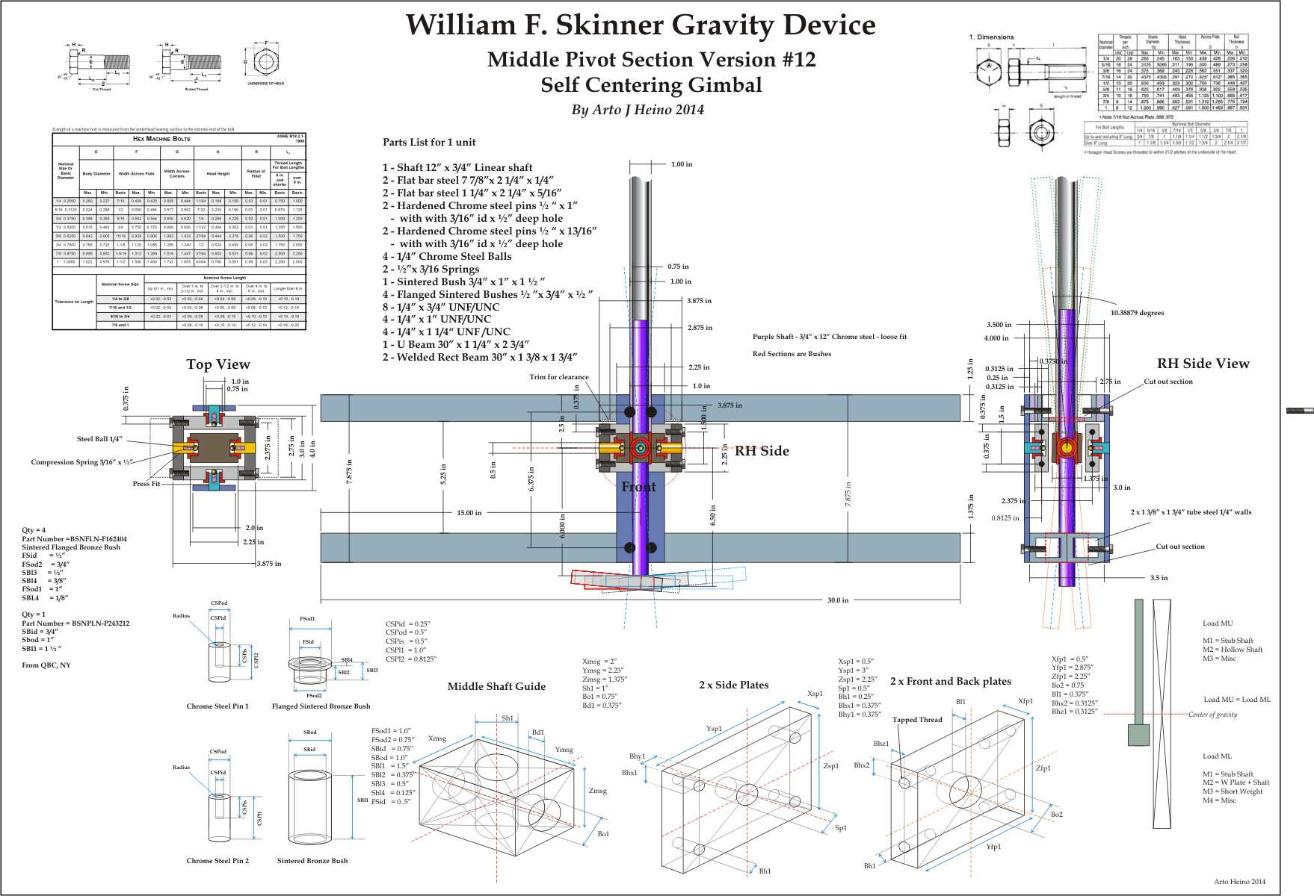I hope I am not boring everyone. to bad.
to bad.
This shows more than the video did on how David John
did some of his Skinner work as different as it may seem.





 to bad.
to bad.
This shows more than the video did on how David John
did some of his Skinner work as different as it may seem.

















Comment